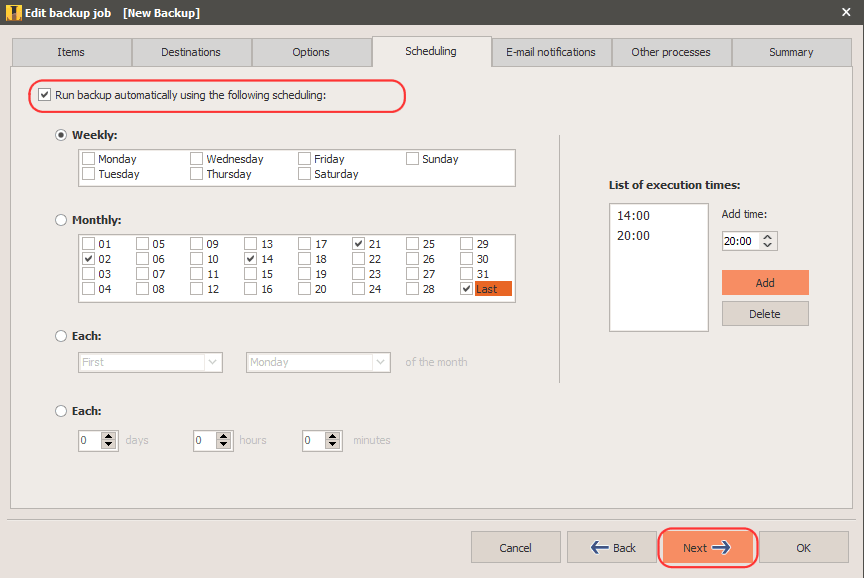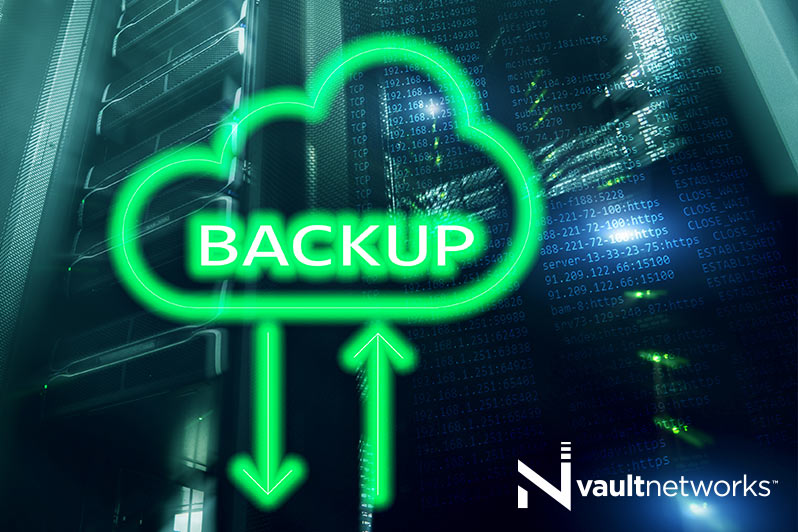

This is from my backup system, where all files have been created using rsync from my working system: backup:/backups/backup.0//home/henk/test/unicode # lĭrwxr-xr-x 3 1000 1000 4096 May 24 12:35. I seem to have no problems with files with names having Unicode characters outside the ASCII range. So I guess not many people here can try to analyse what happened. grsync lets you set up a given backup job (source directory, target directory, filters, rules, etc.), then save it as a 'Session,' so that you can run that same session in the future by calling it from a drop-down menu, rather than having to re-enter all the directories, filters, etc. But you posted nothing of those “rejected” messages or whatever told you that some files were not copied. I confirmed that many (if not all) were rejected because their names contained special characters such as “:” or “?”. In fact w e have only your saying "Unfortunately, there were about fifty files and/or folders that were not transferred. I once had a nightmare scenario play out in a. Still, you’d be amazed at how many users, both personal and professional, don’t bother to do so. It describes what needs to be done on the Synolgoy device, as well a using rsync on Linux hosts, but if you prefer a GUI then Grsync is your friend. Again and again, we are reminded by computer gurus to be sure to backup anything on our computers that we don’t want to lose. If you want a GUI tool for synchronizing files, consider Grsyncįor the NAS, make sure that SSH is enabled… However, on looking at the article (many thanks for the tip!), I am wondering if the configuration reported there will give me a similar solution. (Those synchronised files are automatically backed up to a USB volume on the NAS at regular intervals.) In other words, it is a local cloud, that requires an app on each client and the NAS, This feature gives me access to all files I choose to synchronise practically instantaneously from any of my client. The function I am talking about is the automatic synchronisation of my client (desktop, laptop, cell phone) files with the NAS.

It can take incremental backups of local and remote filesystems for any number of machines.
#Automatic backups with grsync code#
And since both programs are available as packages for most Linux distributions, you don’t have to get your hands dirty compiling from source code and fiddling with settings. I already backup my (NAS) files automatically from the NAS itself. Rsnapshot is an rsync-based filesystem snapshot utility. Using Samba’s smbmount utility and the grsync backup tool, you can set up a backup system that is both reliable and straightforward in use. It should be possible to ‘automate’ backups from the NAS itself. You should not need to rely on the desktop client software.


 0 kommentar(er)
0 kommentar(er)
